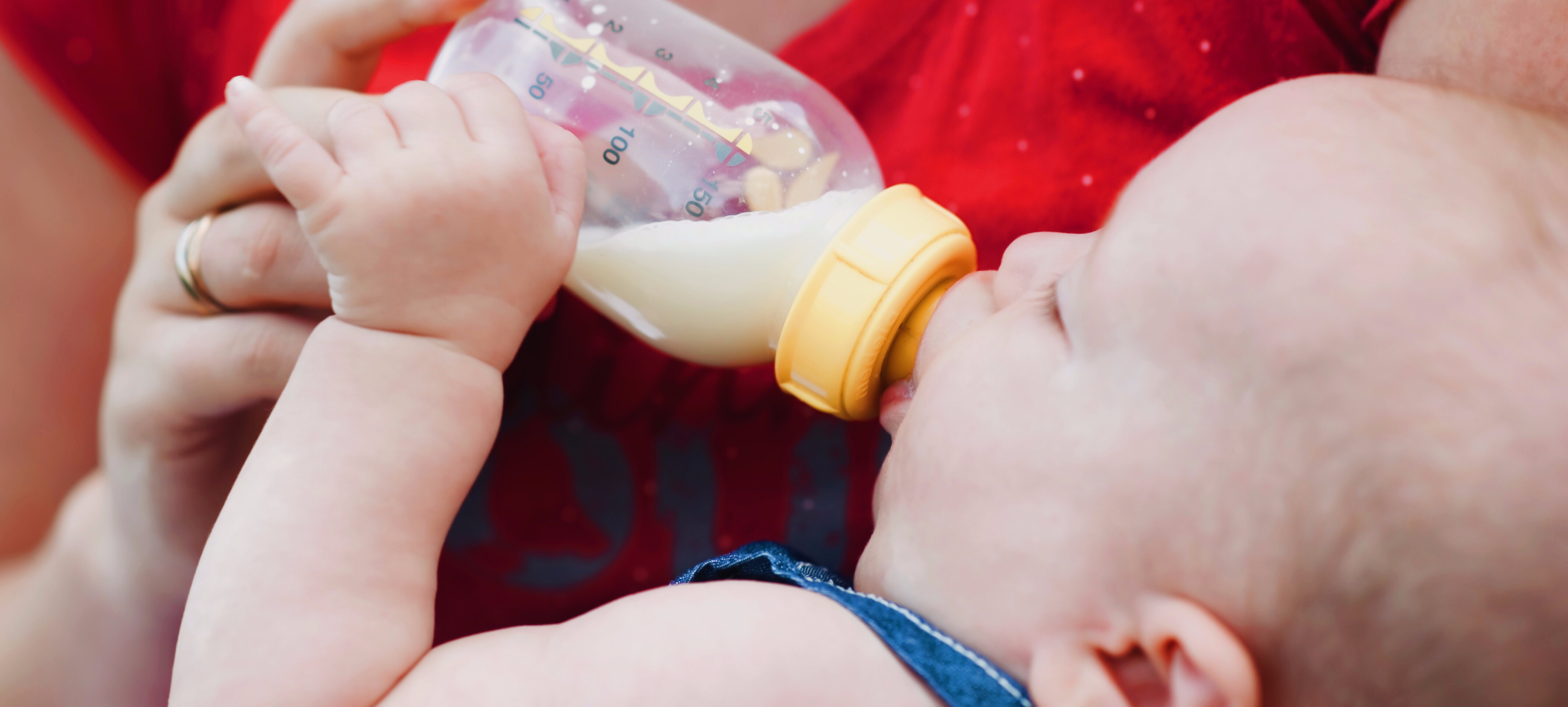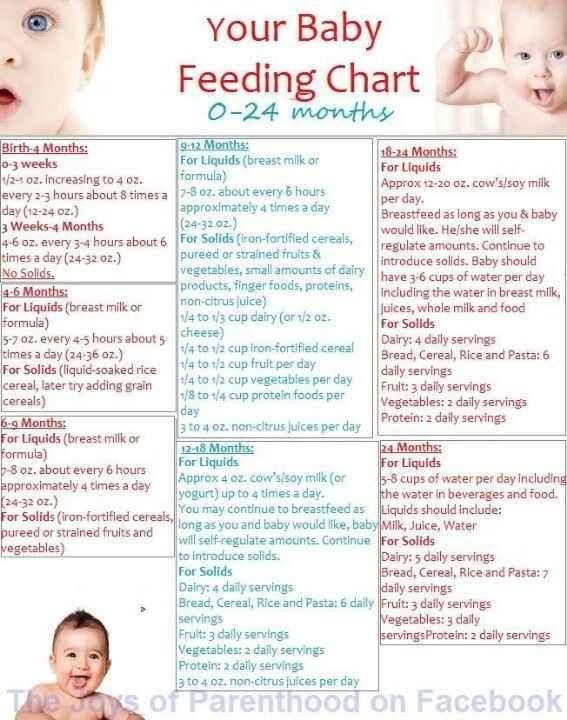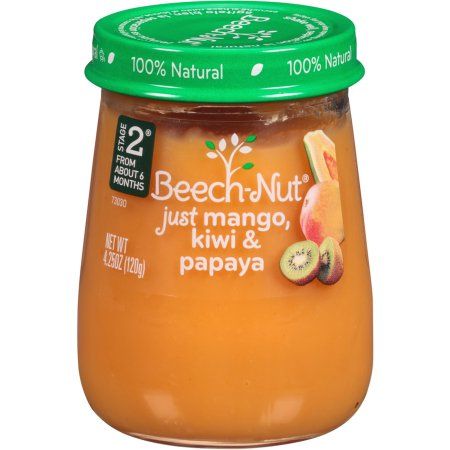How to feed baby lizard
How to Care for a Baby Gecko | Baby Lizard Care
By Laurie Hess, DVM, Diplomate ABVP (Avian Practice)
Geckos are one of the most popular lizard species kept as pets. Baby geckos can make adorable additions to any family and when housed and fed properly can grow up to be hardy adults that live many years. The key is to educate yourself before you get them so that you can set them up right from the start.
More than 2,000 species of gecko, varying in color and skin markings/patterns, are recognized around the world. Among the most common pet lizard species are leopard geckos and crested geckos. Less commonly kept geckos include day geckos and Tokay geckos.
When they are born, hatchling geckos are typically 3 to 4 inches long. Adult female leopard geckos grow to 7 to 8 inches, while males grow to 8 to 10 inches. Adult crested geckos of both sexes typically are 4.5-5 inches long.
Many pet stores and breeders sell baby geckos so that owners can bond with their pets at a young age and watch them grow. Baby geckos, however, do not have fully developed skeletal and immune systems and are therefore more susceptible than their older counterparts to developing certain diseases. Thus, they must be fed and housed appropriately when they are first purchased to try to prevent the development of common juvenile diseases.
Once their enclosures are set up properly and a feeding regimen has been established, baby geckos can be relatively easy to care for.
Making a Home for Your Baby Gecko
Geckos are typically housed in 10- to 20-gallon glass aquariums. Plastic storage boxes, such as those for storing sweaters, also may be used, as long as the box is at least one-foot high to prevent the lizard from jumping out. Twenty-gallon tanks are better for larger adults or if more than one gecko is being housed in the same tank.
Tanks larger than 20 gallons may be harder to keep warm and humid enough and may enable the gecko to avoid sitting under heat and ultraviolet (UV) lights. All enclosures must have a secure mesh top to prevent escape and to promote good ventilation. A small, upside down, plastic box with a cut-out door, filled with moist moss or vermiculite, can be used within the enclosure as a hide box to help maintain the humidity high enough to enable the gecko to shed its skin properly. Live or artificial plants can be added to the enclosure, as well, to help maintain humidity and to satisfy the gecko’s desire to climb.
All enclosures must have a secure mesh top to prevent escape and to promote good ventilation. A small, upside down, plastic box with a cut-out door, filled with moist moss or vermiculite, can be used within the enclosure as a hide box to help maintain the humidity high enough to enable the gecko to shed its skin properly. Live or artificial plants can be added to the enclosure, as well, to help maintain humidity and to satisfy the gecko’s desire to climb.
Baby Geckos Need Warmth and Humidity
All types of gecko, regardless of species, need supplemental heat in their enclosures. Heat may be provided with an over-the-tank heat bulb or an under-the-tank heat mat placed at one end of the tank. Hot rocks are not recommended, as they can get very hot, and reptiles often don’t move off them before they get burned.
Gecko tanks should have a temperature range with a warm end and a cool end. The ideal temperature range for a gecko depends on the species. Leopard geckos should have a warm zone (containing the hide box) that is about 90°F and a cool zone that is no lower than the low 70s°F. Crested geckos do better at slightly lower temperatures, with the warm zone in the upper 70s to low 80s°F and the cool zone no lower than about 70°F.
Crested geckos do better at slightly lower temperatures, with the warm zone in the upper 70s to low 80s°F and the cool zone no lower than about 70°F.
Tank temperatures should be monitored daily with “point and shoot” temperature guns, available in most pet stores, or with traditional temperature strips or thermometers that stick on the inner walls of the tank. The amount of heat provided may need to be varied seasonally depending on the ambient temperature of the room in which the lizard is housed.
Humidity must be monitored, as well, with gauges called hygrometers. Ideally, humidity should be maintained between 50-70 percent to ensure that lizards are hydrated and shed their skin properly. Daily misting of the tank helps to keep humidity adequate.
Most gecko species are nocturnal in the wild, being active at night, so they are not exposed to a great deal of sunlight. Consequently, some reptile breeders and veterinarians feel that geckos do not require UV light. Provision of UV light to geckos is, however, controversial, and certain veterinarians (including this author) feel that geckos do better and are less likely to develop common skeletal diseases, such as metabolic bone disease, when they are exposed daily to a few hours of UV light from a full-spectrum UV bulb, particularly if they are housed completely indoors.
While geckos in the wild may live on sand or soil, these substrates are generally not recommended in a pet gecko’s enclosure, as the animal may inadvertently ingest them and develop gastrointestinal impactions or obstructions. Paper-based bedding, such as recycled paper pellets typically used for guinea pigs and rabbits, or shredded newspaper, are better, since they are digestible if consumed.
For a more natural look, pieces of reptile carpet, sold in pet stores, may be used as bedding; however, reptile carpet must be changed frequently, as it gets soiled with food and feces quickly.
What to Feed to a Baby Gecko
Leopard geckos are carnivores; they don’t eat plants or other vegetable matter but rather live insects such as mealworms and crickets. Crested geckos eat small amounts of fruit in the wild in addition to insects.
Baby geckos can be offered small crickets and mealworms daily. Insects, in general, should be no bigger than the width of the gecko’s head.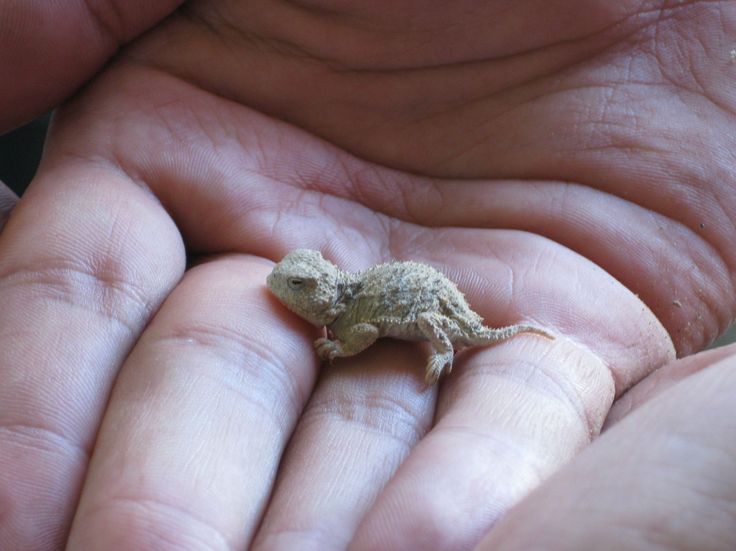 When lizards get closer to adult size, they can be fed insects every other day and be offered larger insects, such as waxworms, superworms, and Dubia roaches.
When lizards get closer to adult size, they can be fed insects every other day and be offered larger insects, such as waxworms, superworms, and Dubia roaches.
The insects you are feeding to your gecko should be fed a diet that has been fortified with calcium, vitamins, and minerals (a process called gut-loading) before being offered to the geckos so that the lizard is getting balanced nutrition. If you are raising your own insects for feed, the insects also should be lightly coated with calcium powder three times a week, calcium powder with additional vitamin D3 twice a week, and a mineral supplement once a week, before being fed to the gecko.
Insects can be provided to baby geckos in small shallow dishes into which geckos can climb to eat them. If a baby lizard is too small initially to climb into the dish, it can be hand-fed one insect at a time until it grows large enough to eat on its own. Only the number of insects a gecko will eat in one sitting should be offered at a time, or leftover insects may chew on the lizard’s skin. In addition, geckos should be fed fresh water daily from a shallow dish from which they can drink. The dish of water will also help to increase ambient humidity as the water evaporates.
In addition, geckos should be fed fresh water daily from a shallow dish from which they can drink. The dish of water will also help to increase ambient humidity as the water evaporates.
Crested geckos, like leopard geckos, also eat insects, but they can be fed a product called Repashy Superfoods Crested Gecko Diet as their main diet to reduce the need for insects. This diet is mixed with two parts of water, and the gecko is offered as much of this mixture as it will eat out of a shallow dish in one sitting three times a week. The mixed diet can sit in the enclosure for up to 24 hours before it should be removed. Crested geckos eating Repashy may be offered insects once a week along with small amounts of fruit (such as banana or mango) or fruit baby food from a jar as a treat.
How to Hold a Baby Gecko
Baby geckos can be very skittish, so handling them when they are little can help acclimate them to touch and make them less afraid. However, until they are at least three inches long, they can be injured when they are handled, so it is better to let them grow a bit before picking them up regularly. Also, for the first two weeks after they are introduced into a new enclosure, it is best not to handle them so that they can adjust to their new home. After that, 5 to 15 minutes a day of handling should be enough to get them used to being held but not too much to stress them.
Also, for the first two weeks after they are introduced into a new enclosure, it is best not to handle them so that they can adjust to their new home. After that, 5 to 15 minutes a day of handling should be enough to get them used to being held but not too much to stress them.
In addition, reptiles absorb bacteria, other germs, and toxic chemicals through their skin, so it is essential that anyone handling a gecko does so only with clean hands. Conversely, since reptiles carry disease-producing bacteria, such as Salmonella, on their skin that can be transmitted to people during handling, it’s also critical that individuals handling geckos wash their hands thoroughly after touching them.
Finally, since geckos naturally “drop” or release their tails to escape when their tails are grabbed by predators, geckos should never be handled by their tails, or they might break off. Many geckos will regrow their tails if they break off, but the area of the break is susceptible to developing infection, and the new tail may have a completely different color and shape than the original tail.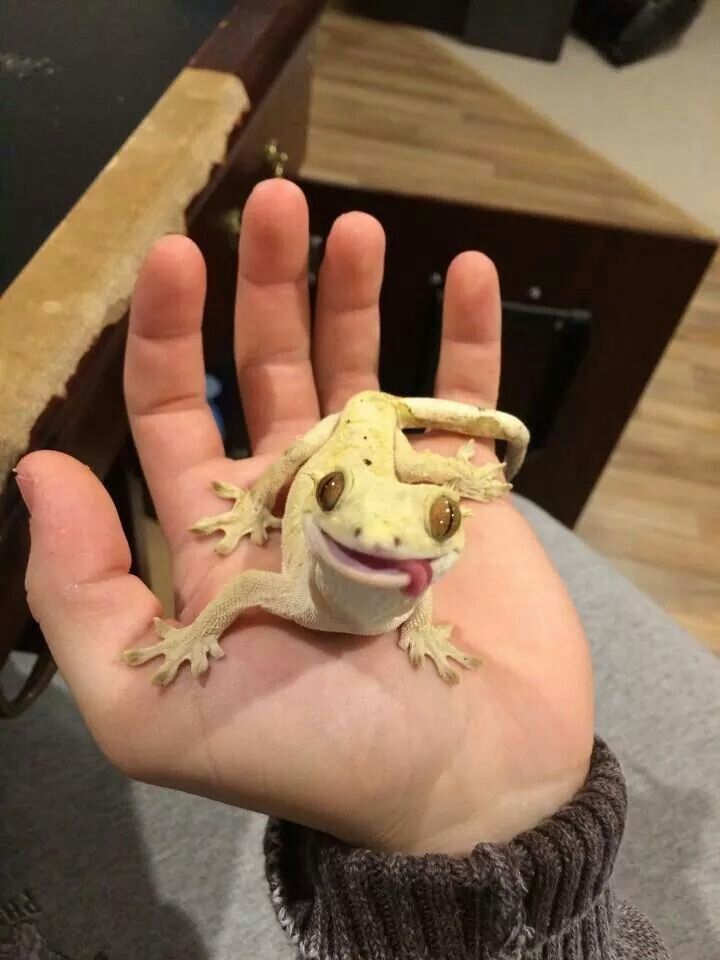 Therefore, it is better to gently hold a baby gecko in the palm of a flat hand while using the other hand to prevent it from jumping or running away.
Therefore, it is better to gently hold a baby gecko in the palm of a flat hand while using the other hand to prevent it from jumping or running away.
The "hand walking" method, in which the gecko, sitting on one extended upright palm, is offered the other extended palm directly in front of it to allow it to hop or jump to the second palm, over and over (think Slinky), also can be used to encourage baby geckos to get used to handling.
What Illnesses Do Baby Geckos Get?
Unfortunately, too many gecko owners do not educate themselves about what their lizards require in terms of housing or nutrition before they bring them home. For example, gecko owners are often not aware they have to gut-load insects or dust them with vitamin and mineral supplements before feeding them to their pets. As a result, baby geckos (particularly those that are housed indoors without access to any UV light that aids in making vitamin D3 in the skin to help absorb calcium from food) can develop metabolic bone disease. In this condition, the calcium to phosphorus ratio in the lizard’s body is typically less than the ideal 2 to 1 ratio. Consequently, their bones never ossify but remain soft and spongy and may fold or fracture. They become weak and stop moving and eating. When untreated, these animals often die.
In this condition, the calcium to phosphorus ratio in the lizard’s body is typically less than the ideal 2 to 1 ratio. Consequently, their bones never ossify but remain soft and spongy and may fold or fracture. They become weak and stop moving and eating. When untreated, these animals often die.
Gecko owners who see any of these signs in their pets should bring them to the veterinarian as soon as possible to start treatment with calcium and vitamin D. With early therapy, these animals can make a full recovery.
Another disease common in baby geckos is life-threatening gastrointestinal (GI) impaction and obstruction with sand bedding. These little lizards inadvertently consume bits of sand as they ingest insects, and sand gradually accumulates in the GI tract until an obstruction ensues. These pets stop eating, become weak, strain to pass stool, and eventually stop passing it altogether. Lizard owners who see these signs should have their pets treated by a veterinarian immediately.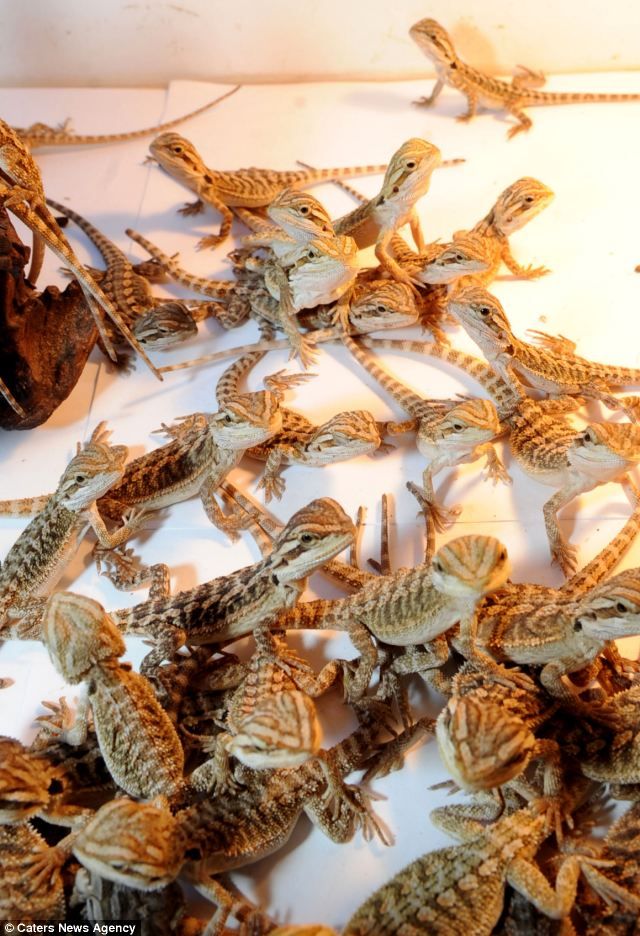 With subcutaneous fluids, enemas, and oral laxatives, many of these lizards can be saved.
With subcutaneous fluids, enemas, and oral laxatives, many of these lizards can be saved.
A final disease that occurs commonly in baby geckos is retention of shedding skin from lack of humidity. Geckos that are kept at too low humidity get dehydrated and retain patches of skin around their toes (where it can constrict circulation, leading to loss of digits) and around their eyes (where it interferes with their vision and their ability to catch insects). As a result, they stop eating, lose weight, and often die. Early intervention by a veterinarian to extract shed skin stuck in eyes, to rehydrate the pet, and to start force-feeding until the animal eats on its own, can make the difference between life and death.
Related
7 Terrarium Dangers for Reptiles
What Do Baby Lizards Eat? (Diet, Care & Feeding Tips)
Lizards are some of the most exciting pets you can own. There are so many types and species available that they are impossible to become boring.
Whether you find them traveling around your garden or planning to adopt one at the pet store, no doubt you’ve wondered just how easy they are to care for.
With that in mind, we’ve compiled helpful info to help answer all your burning questions! Everything from what baby lizards eat to how to care for them, to correctly identifying their species, and more!
Table of Contents
- Habitat of lizards
- What do baby lizards eat?
- How often and how much do baby lizards eat?
- What are the predators of baby lizards?
- Tips on feeding your pet lizards
Habitat of lizards
With over 4,675 species of lizard, it’s no surprise that lizards are found virtually everywhere in the world – except Antarctica. Habitats can vary depending on species, but they will often be warm and receive long hours of sunlight to help the lizard gain energy. The three most common habitats include:
Deserts: Lizards often burrow deep into the hot sand during the day and come out at night to hunt.
Woodland & rainforests: While most lizards live on the ground, some have specialized claws and a prehensile tail to help climb trees and branches.
Water: lizards like iguanas and common lizards can spend large parts of their day basking in the sun, near water, or on the shoreline.
What about pet habitats?
Bought a lizard and wondered what kind of habitat you should create? First, identify the species to see what kinds of environments it will enjoy.
Lizards don’t require much space to thrive; a simple aquarium tank usually suffices. The bottom of the tank should match your lizard’s natural habitat – e.g., sand for a desert dweller or wood bark for a forest dweller.
Temperature regulation is probably the most important thing to get right in your habitat. A heat lamp is an essential piece of equipment to help your baby lizard remain healthy.
Common heat ranges include:
- Desert lizards prefer 2 to 102°F
- Woodland lizards prefer 8 to 78.8°F
- Rainforest lizards prefer 4 to 89.6°F
Cages: Lizards make for ideal pets because their pens can be changed regularly to reflect a variety of habitats. So long as you keep the cell well cleaned and the appropriate heat and light – your lizard should thrive.
So long as you keep the cell well cleaned and the appropriate heat and light – your lizard should thrive.
What do baby lizards eat?
As soon as they hatch, baby lizards are entirely self-sufficient and will instinctively hunt for food. We class them as babies up until two months. Then they become juvenile lizards. Adult lizards are generally 12 months and older.
What type of food your baby lizard will eat depends ultimately on that type of lizard. Lizards come in all shapes, sizes, and food preferences. Some are herbivores, others are carnivores, and a small number are both (omnivores).
Herbivore
Herbivore baby lizards will feed solely on fruits, nuts, and plant matter. Although they only make up 3% of the population, if you own one of these lizards, you must be prepared to provide appropriate food.
Research what kinds of foods are native to that species. That way, your baby lizard will have natural instincts on what it can feed on immediately from hatching.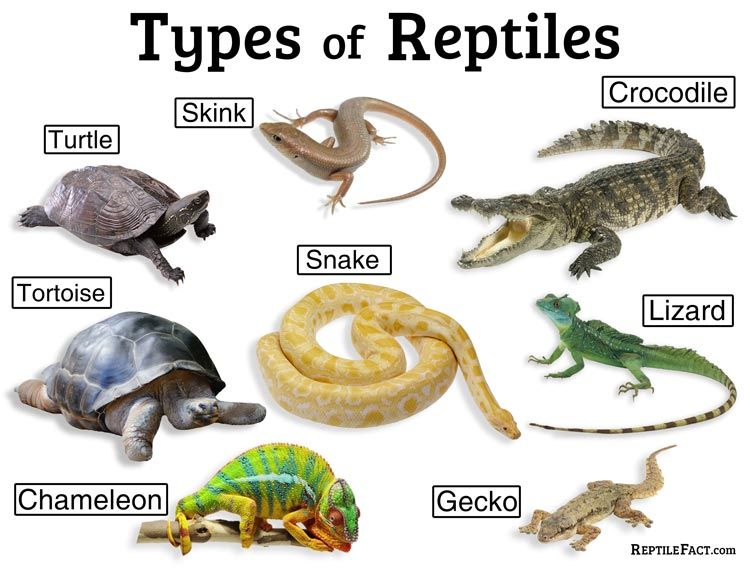
Always wash vegetables and plants before your lizard comes in contact with them. Sometimes they may have insecticides, pesticides, or other harsh chemicals which can prove toxic to lizards who ingest them.
Boiling or steaming vegetables can often drain them of essential minerals and nutrients. Some vegetables, like lettuce (made mainly of water), offer zero nutritional value to lizards and should be avoided. Fruit is often sugary– only use them as a treat sparingly!
Some herbivore lizards may require additional supplements to keep them healthy. Often pet owners must buy calcium and phosphorus capsules or powders to coat food in to keep their bones healthy.
Some safe foods to consider are fruits like apples, blueberry, plums, pears, and grapes. Vegetables include yellow squash, sweet potato, broccoli, bell peppers, spinach, kale, and collard greens.
Examples of herbivore lizards that make good pets include several types of the green iguana, uromastyx, and geyri.
Carnivore
Carnivorous baby lizards are widespread. They will instinctively hunt for small prey to catch and try to kill. Some easy foods they can have early success eating include eggs, small slices of chicken or fish, and mice.
It’s always a good thing to remember that while carnivore baby lizards will attempt to kill prey, they may not have the strength or size to do so. Always provide dead animals to your baby pet so they can practice. Live prey may cause unwanted injury.
Examples of carnivore lizards that make good pets include monitors and tegus.
Insectivores
Some lizards are known as insectivores and will only consume insects. These are much easier to provide food for, as insects are easy for babies to kill.
Many pet shops supply lizard food, including crickets, mealworms, bloodworms, ants, and roaches. Always buy insects from reputable pet stores, as you will know they’ve been killed and preserved without harsh chemicals. These are usually specially prepared to have added nutrition for your lizard.
Avoid insects like spiders, ticks, and scorpions, as these are often toxic to lizards. Never hand-pick insects from your garden because they may be toxic and carry diseases and parasites that can negatively impact your pet.
Examples of insectivores include emerald swifts and long-tailed grass lizards.
Omnivore
Omnivore lizards will eat both vegetation and meat. Many lizards can start life with carnivores but slowly adapt to different diets as they get older. Adult lizards eat less and less meat because they don’t require protein to fuel bone development.
You should research the life cycle of your pet to see if and when their diet may change, including when they reach their full size. Examples of omnivore lizards include bearded dragons, skinks, and geckos.
Image Credit: reptileslifeHow often and how much do baby lizards eat?
Baby lizards are born with a fully developed digestive system, like an adult lizard. For that reason, you can tailor their food quite effectively.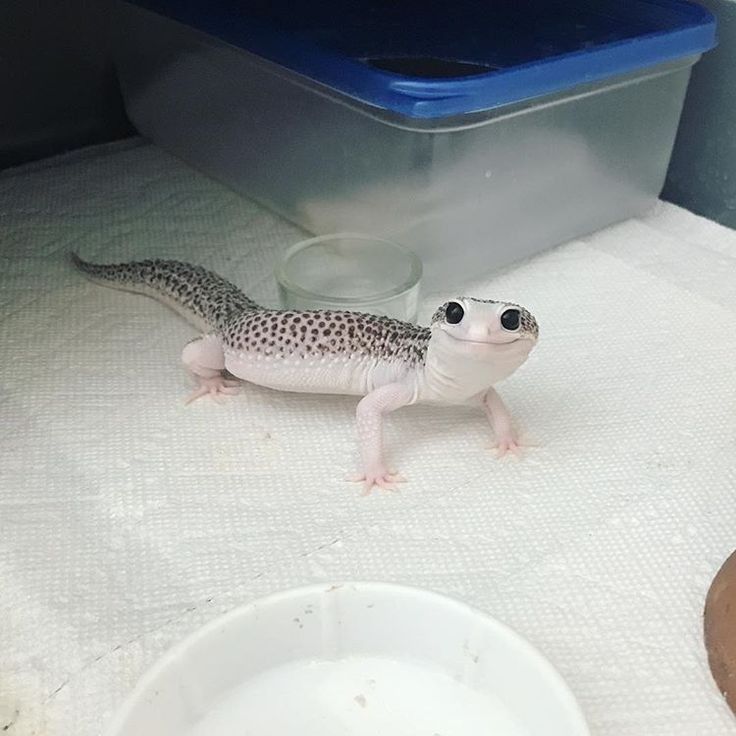
But as babies, how much do you feed them? This ultimately differs in the type and size of the lizard. As a general rule, you should feed your baby lizard twice a day or every other day – so long as you check their cage 30 minutes after feeding and ensure it’s cleaned up and gone.
A good rule is to provide smaller prey than the space between your baby lizard’s eyes. As your baby lizard grows, you can gradually increase the food they receive, including the type. As their skills in hunting develop, you can provide bigger prey.
Baby lizards are known to survive for longer than one week without food, sometimes longer, depending on the breed. So it’s often better to underfeed than overfeed – spoilt food in cages can upset your lizard and cause diseases to fester.
Baby lizards do not drink milk as mammals do. That said, they will require a supply of fresh water to keep hydrated.
What are the predators of baby lizards?
Lizards are commonly found at the bottom of the food chain and have several predators who hunt them from birth.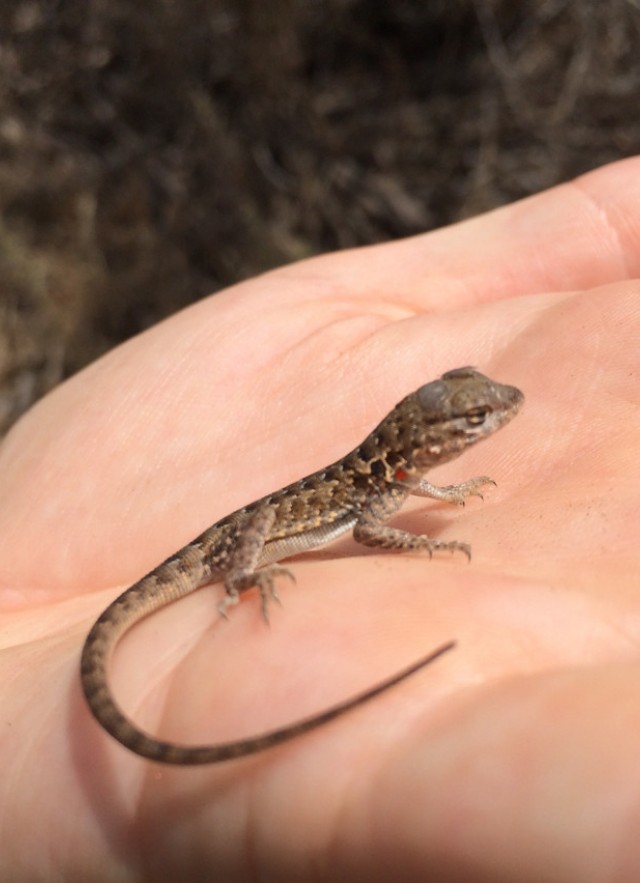
One of the most common predators of baby lizards is birds. This is because lizard eggs are often unprotected and an easy snack for birds to eat. When born, baby lizards often stay idle in the sunlight to charge themselves for the day. They choose open spaces where they stand out in the eyes of a flying bird, who spots themselves an easy meal.
Other notable predators include certain types of snakes and omnivorous mammals like foxes and badgers.
Finally, some lizards prey on other, smaller lizards. There is no maternal bond between mothers and their offspring, so babies can often fall victim to their parents when they hatch.
Tips on feeding your pet lizards
- Keep heat regulated during feeding times. A sudden drop in temperature can cause your baby lizard to regurgitate.
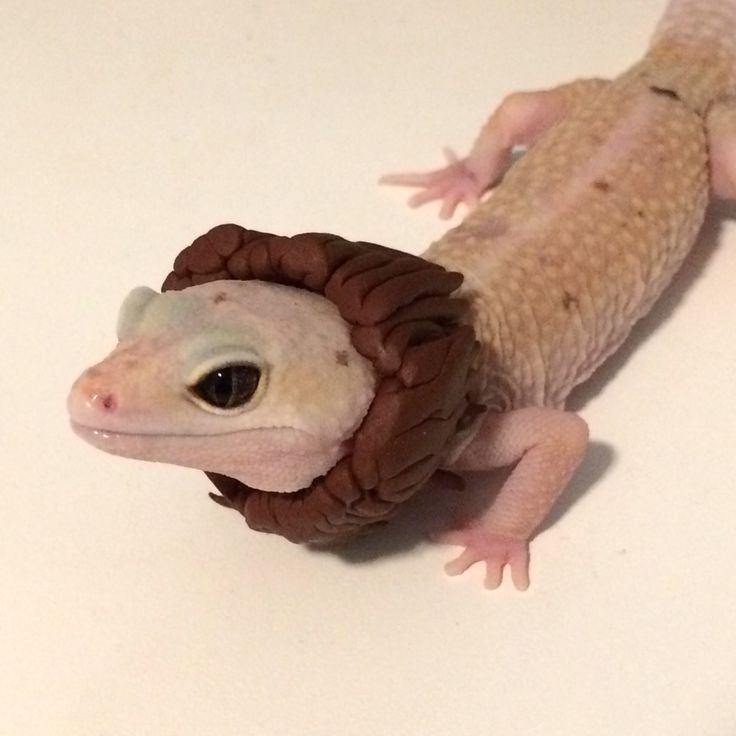
- Calcium is essential for reptiles – consider adding a supplement to your baby lizard’s diet at least once a week.
- Live insects are often better for baby lizards. They allow them to practice their hunting skills and provide mental stimulation.
- Ensure food is the correct size. If in doubt, cut it into smaller sections to give your lizard the best chance of success.
- Research your particular species of lizard so that you can offer their native fruits and vegetables.
- Pet stores will have dry food and meats like small rodents, grasshoppers, and worms.
- While grocery stores can sell nutritious vegetables, ensure you wash them thoroughly to eliminate pesticides, insecticides, or chemical agents.
- Remember that omnivorous baby lizards eat various fruits, greens, and meat. You will need to adjust their diet accordingly.
- Baby lizards might not be able to kill live prey.
- Before looking for food for your baby lizard, you should be sure what sort of lizard you have.
 This will assist you in determining whether it is carnivorous, herbivorous, or omnivorous.
This will assist you in determining whether it is carnivorous, herbivorous, or omnivorous.
What and how to feed a lizard at home
Library / Reptiles / Nutrition / What to feed a lizard
Lizards are conditionally divided into 3 groups: carnivores, herbivores, and omnivores. The diet of the lizard is made up depending on the type and individual needs of the reptile.
Animal food for lizards
Since most lizards are still predators in their natural environment, the lion's share of their diet is live food. Often, reptiles are fed crickets, flies, bloodworms, grasshoppers, locusts, earthworms. Larger lizards are given mice, small rats and other rodents. You can also occasionally feed your pets with small or chopped fish, lean raw boneless meat, bird eggs. Cottage cheese is given as feed additives: it is left in feeders or laid out on stones and branches (for individuals who do not like to go down to the ground). nine0003
nine0003
It is best to feed live food with tweezers, otherwise the insects will scatter around the terrarium. It is not recommended to feed cockroaches, except perhaps American ones, but they are mobile and fast, so their paws are often torn off before feeding. Meal worms are also useful, they do not feed lizards with beetles, because they have a hard shell. It is recommended to crush the head of the mealworm with tweezers, as it has strong jaws and can damage the mucous membranes. Some species of reptiles also eat adult May beetles. Large lizards also eat newly hatched chicks. nine0003
Vegetable food for lizards
About a third of a lizard's diet is vegetable food. You can offer your pet greens - lettuce, parsley, plantain, spinach, clover, dandelion and more. They eat well reptiles and pieces of vegetables - cabbage, broccoli, zucchini, cucumbers, carrots, sometimes you can give raw potatoes. From fruits, you can give apples, pears, melons, grapes, citrus fruits - experimentally, you can find out which ones your pet likes best.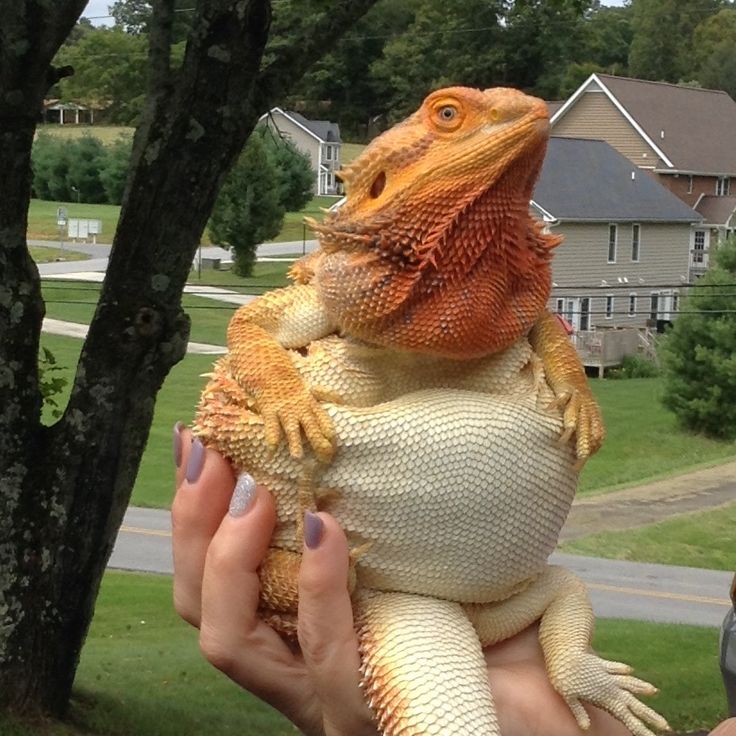
Vitamin and mineral supplements can be mixed into food: for example, added to fruits or porridge with insects. It is also useful for the lizard to give crushed eggshells, calcium glycerophosphate tablets, chalk, reptile preparations.
How to feed a lizard?
The most convenient way to feed herbal food is from Petri dish type feeders. Young lizards are fed 2 times a day, adults have enough one-time feeding. You need to give food at a time when the pet is most active (there are day and night lizards). After the reptile has eaten, the remnants of food are removed. The terrarium must have a drinking bowl. However, many species of reptiles prefer to lick drops of water from plants, so you need to spray the terrarium regularly. nine0003
Juveniles are fed with tweezers for the first time, adult food is placed in the feeder. It happens that lizards refuse to eat for some time, but at the same time they are active and drink water - this is a kind of fasting day. If the lizard refuses a new food, it may not be to her taste, it is better to gradually add it to her usual diet. In general, lizards are unpretentious and willingly eat most foods.
If the lizard refuses a new food, it may not be to her taste, it is better to gradually add it to her usual diet. In general, lizards are unpretentious and willingly eat most foods.
Source: www.pitomec.ru
This page has been viewed 221674 timesShare with your friends
How to feed a common lizard at home in winter
Life hacks
Without knowing how to feed a lizard, you can harm it.
- Photo
- Getty
How to feed a lizard at home
Deciding to have an exotic animal at home, you need to find out the subtleties of feeding it. The diet depends on the type of lizard according to the type of food, of which there are three.
1. Predators, or meat eaters.
Depending on their size, they are fed:
- worms;
- flies,
- locusts or grasshoppers;
- black cockroaches specially designed for feeding reptiles and spiders;
- mice or rat pups. Sometimes they are given pre-injections of vitamins and calcium; nine0080
- fish and meat, checked for the presence of parasites after extraction of all kinds of cartilage, bones;
- snails. They are ideal for home breeding and beneficial to the health of the lizard.
It is important not to overfeed the ward, as the animal's intestines are its weak point. It is recommended to combine meat with plant foods.
2. Herbivores.
Their diet is based on fruits and vegetables. Especially good for a pet:
- apples;
- carrots;
- cabbage;
- grapes;
- lettuce;
- potatoes (sometimes).
The reptile's diet should be varied. It is good when the types of vegetables and fruits are mixed. They should be served without peel in crushed form. Approximately every 2 weeks it is worth offering an insect to the lizard.
It is good when the types of vegetables and fruits are mixed. They should be served without peel in crushed form. Approximately every 2 weeks it is worth offering an insect to the lizard.
3. Omnivorous.
In this case, both meat and plant foods are included in the daily menu. Sweets and food from the table are absolutely excluded. Otherwise, poisoning or serious consequences can be expected. nine0003
What to feed lizards in winter? Pet stores are here to help. They stock up on special food and insects. It is strictly not recommended to use domestic cockroaches for these purposes.
How to feed a common lizard
Some of the reptiles are awake during the day, others at night. Feed them during periods of greatest activity.
If the individual is young, food is brought to it in tweezers. For older lizards, edibles are placed in a flat-bottomed feeder with a well-fitting lid. Remaining food must be removed. nine0003
Water, which should be fresh and clean, is served in a drinking bowl or sprinkled on the leaves of plants.

